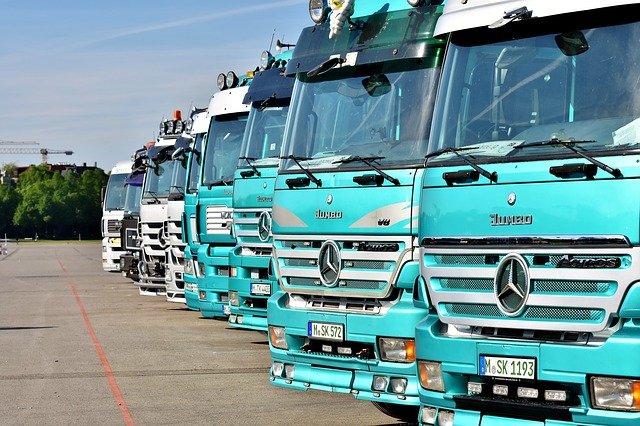Exorbitant fuel prices over the past few months have pushed the logistics industry into a corner with smart innovation and out-of-the-box thinking becoming imperative for survival.
As fuel prices again head towards the Rs.100 mark, it’s hard to remember that diesel cost around Rs. 64-65 a litre in the national capital as recently as March 2020.
Read more: Industries that will get e-logistic touch & add to domain growth
The past couple of years have perhaps been the hardest ever for the logistics industry – from scattered lockdowns and inconsistent economic activity to volatile fuel prices. The problems have also forced the industry to put its best minds together and innovate, resulting in a decade worth of advancements in two years.
High fuel prices are now a reality and instead of wishing it away, the industry needs to adopt innovative solutions to offset this cost.
Route Optimisation Using Automation
One of the best ways to reduce fuel costs is to optimise routes. But many companies still rely on manual route planning, which is not just time consuming, it’s also costly. What’s more, with instant deliveries becoming a norm, manually having to sort through customer locations using an Excel sheet isn’t very cost-effective. Companies who are not able to keep up with shorter delivery times will see their profitability getting affected and inevitably lose their competitive edge.
That’s not the case if automation is used to plan routes. Today, we have sophisticated algorithms that use artificial intelligence and machine learning to plan out routes while taking into account fleet size, traffic, customer locations and several other factors. Companies can either build their own automation solutions or go for the easier option – use plug-and-play automation solutions available in the market.
Companies end up getting more bang for the buck against the fuel they put into their vehicles, while also enjoying faster delivery times and greater customer satisfaction. As a result, there is also the added benefit of having greater control and visibility on deliveries when technology is used.
The world’ leading e-commerce and logistics companies already use such tech, and it’s only a matter of time before this becomes the norm rather than the exception. Such tech is used in India as well, but a vast majority of Indian logistics companies, who are in the unorganised sector, don’t.
A Problem of Organisation
This brings me to the other major problem which affects fuel costs. If a small manufacturer needs to procure raw material, or transport his goods from one location to the other, he will usually go through a broker who will supply him with trucks for this purpose from the unorganised sector.
More often than not, these trucks are old, which means they are extremely fuel inefficient. To make up for the increased costs, these diesel-guzzlers will usually be loaded to the brim with material, which then becomes a safety issue. These trucks often don’t comply with the government’s standardisation guidelines, which becomes another problem. Authorities end up stopping these vehicles en-route, which is fair. But some corrupt companies and policemen “settle” these matters unscrupulously, which ends up keeping the problem on the road. This can also have the effect of all logistics companies getting a bad rap due to a handful of rotten apples, resulting in regular harassment by officials.
On the other hand, organised logistics players use up-to-date vehicles which are compliant with all pollution and safety norms, which brings down the fuel bill.
Truck Idealing
Majority of the truck owners in India, will complaint about reduced TAT (Turn around time) of trucks in India due to high truck idealing. The reasons could be non-availability of loads at the right time or not loading the truck on time at the loading point. Invariably this effects the cost of Transportation as the idealing cost is also inbuilt into the commercials ultimately. Some large corporates have identified this problem and have started mechanical loading and unloading of trucks that aids the truck to be road-bound in as less as 30 minutes after reporting at the loading point.
Read more: Companies solving the warehouse automation riddle though AI & IOT
However, largely, this space is manually managed in India, where a truck will be loaded and released from the plant only after detaining it for hours or even days, either due to manual loading, or the material was not ready or the documentation was delayed. These inefficiencies at the plants / warehouses have to be addressed by the customer of logistic services to offset the cost escalated by fuel and when solved will surely ease the cost of Logistics.
Fuel costs are intimately tied to inflation. When fuel costs go down, not only do companies benefit, so does the end-consumer.

Nitin Mahipal
Guest contributor Nitin Mahipal is the CEO & MD of Mega Pack and Carry, an Indian logistics company specialising in transportation, packaging, relocating, and storage. Any opinions expressed in this article are strictly that of the author.












